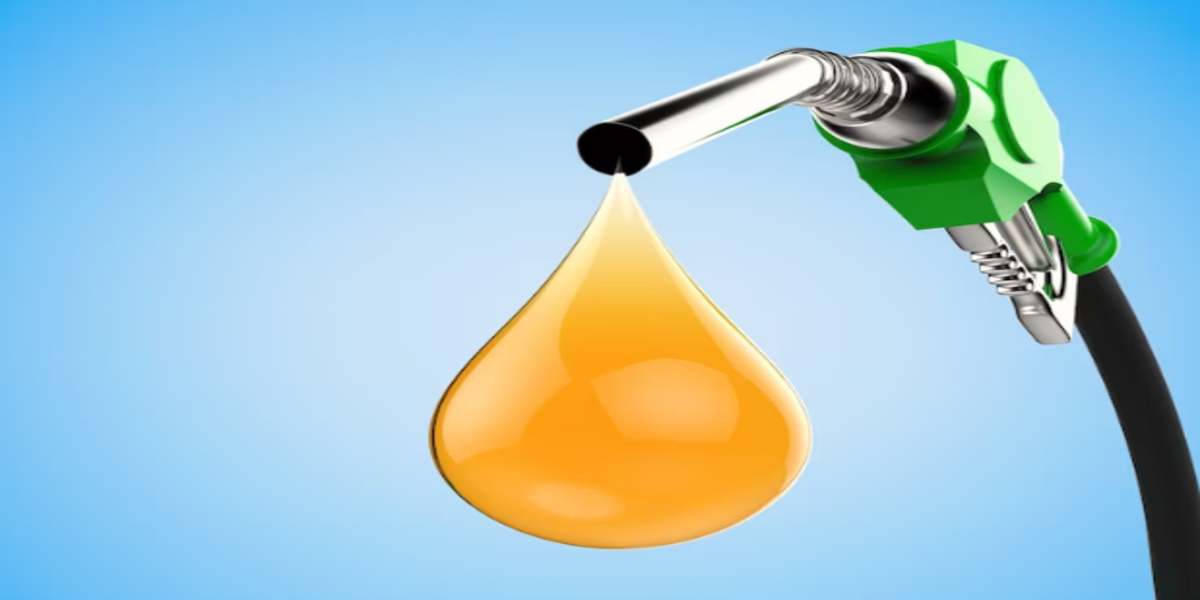Introduction
As India continues to grow and urbanize, the country’s thirst for energy has never been greater. In its quest for energy security, India is turning to alternative and sustainable solutions, and one promising avenue is the utilization of ethanol. This biofuel, derived from renewable resources like sugarcane, corn, and biomass, is environmentally friendly and aligns with India’s ambitious energy goals.
To demonstrate the government’s commitment to expediting the shift from fuels to environmentally friendly options, Shri Nitin Gadkari, India’s Minister for Road Transport and Highways, recently unveiled a new Toyota Innova Hycross, which is the world’s first 100% ethanol fueled-car.
Renewable Solution
India’s dependence on fossil fuels has long been a cause for concern, both environmentally and economically. The country imports a significant portion of its crude oil, leaving it vulnerable to price fluctuations in the global market. On the other hand, ethanol can be produced domestically from crops, reducing the nation’s reliance on foreign oil and boosting energy security.
Introducing this eco-friendly version of Toyota’s Innova Hycross model follows the government’s phased implementation of E20 fuel. E20 fuel refers to petrol blended with 20% ethanol. This is part of an initiative aims at increasing the use of biofuels. This is mainly to reduce emissions and decrease reliance on oil imports.
According to data from the Department of Commerce, in fiscal year 2023, the nation imported crude oil worth $162.2 billion, representing a 50.7% increase from $107.5 billion. India imported crude oil worth $34 billion in the current fiscal year’s April-June period.
The utilization of ethanol from sugarcane, broken rice, and other agricultural produce is to assist the third-largest oil-importing country in reducing its dependence on crude oil shipments. And thus saving the costs. India has witnessed consistent upward progress in the blending of ethanol in petrol, from 1.5% in 2013–14 to 11.5% by March 2023. The Union Minister of Petroleum and Natural Gas i. Shri Minister Hardeep Singh Puri. He stated, “This has not only helped us attain savings in import bills but has also contributed to a reduction in carbon emissions.”
Ethanol to propel India’s energy drive
Upon observing the rapid adoption of E10 fuel, the government expedited the transition to E20 fuel by five years, moving the deadline from 2030 to 2025. According to Shrikant Kuwalekar, a specialist in commodity derivatives and agricultural value chains; India aims to achieve a 20% ethanol blend by 2025, primarily from sugarcane. However, the government is exploring alternative options due to fluctuating sugarcane yields and increasing sugar prices. As a result of food security concerns, surplus rice stocks are no longer available. Therefore ethanol producers are now solely reliant on maize (corn) as a feedstock for their operations.
In the United States, a significant portion of the corn harvest is for ethanol production. Whereas Brazil, the world’s second-largest producer of environmentally friendly transportation fuel, employs sugarcane.
Currently, almost all utilization of ethanol for petrol blending in India generates through first-generation technology. This relies on food crops such as sugarcane, rice, and corn. India initiated ethanol-petrol blending as a pilot project in 2001, utilizing ethanol derived from sugarcane during sugar production. However, progress could have been more active.
Increasing requirements for ethanol in India
In January 2003, Ethanol Blended Petroleum (EBP) was introduced. In 2006, the Ministry of Petroleum and Natural Gas mandated the sale of 5% EBP in 20 states and four Union Territories. Since then, the storage capacity for ethanol has significantly expanded. This ranges from 53.9 million liters in 2017 to 344 million by November 2022, as per government data.
The utilization of ethanol blending has proven to be a lucrative venture for farmers. As evidenced by the transfer of approximately ₹81,796 crore ($9.85 billion) from oil marketing firms to sugar mills for ethanol. This is to settle outstanding debts owed to farmers. The program poised to procure surplus and damaged grains for ethanol production. Thereby aligning with the objectives of both farmers and the EBP.
During the launch of the flex fuel Toyota Innova Hycross, Shri Nitin Gadkari expressed his appreciation for the program’s impact on farmers. Thus citing an increase in sugar cane cultivation due to the potential of ethanol. This announcement is a significant development for the farming community in India.
Automobiles possessing flex-fuel compatibility equips with engines capable of functioning on a diverse range of fuel types. These encompasses petrol and ethanol or methanol mixtures. The engine can adjust to any fuel ratio, owing to the presence of fuel composition sensors. Such vehicles can effectively utilize a blend comprising up to 85% ethanol and are currently available in Brazil, the United States, and Canada.
In what manner does Khaitan Bio Energy effectuate a distinction?
Khaitan Bio Energy has demonstrated a commitment to decarbonization by developing biofuels for the global economy. The company dedicates producing high-efficiency products for a green and circular economy. It has developed and holds multiple patents for technologies that significantly reduce greenhouse gas emissions resulting from transportation fuels. Thereby contributing to the decarbonization of the mobility sector. The company’s ethanol production patent enables the conversion of economically viable cellulose to sugars. This is then utilized in 2nd-generation bioethanol technology. This technology has undergone rigorous development and testing. Thus resulting in a highly efficient and unique process that fully utilizes all components of lignocellulosic materials in the production of high-value products.

